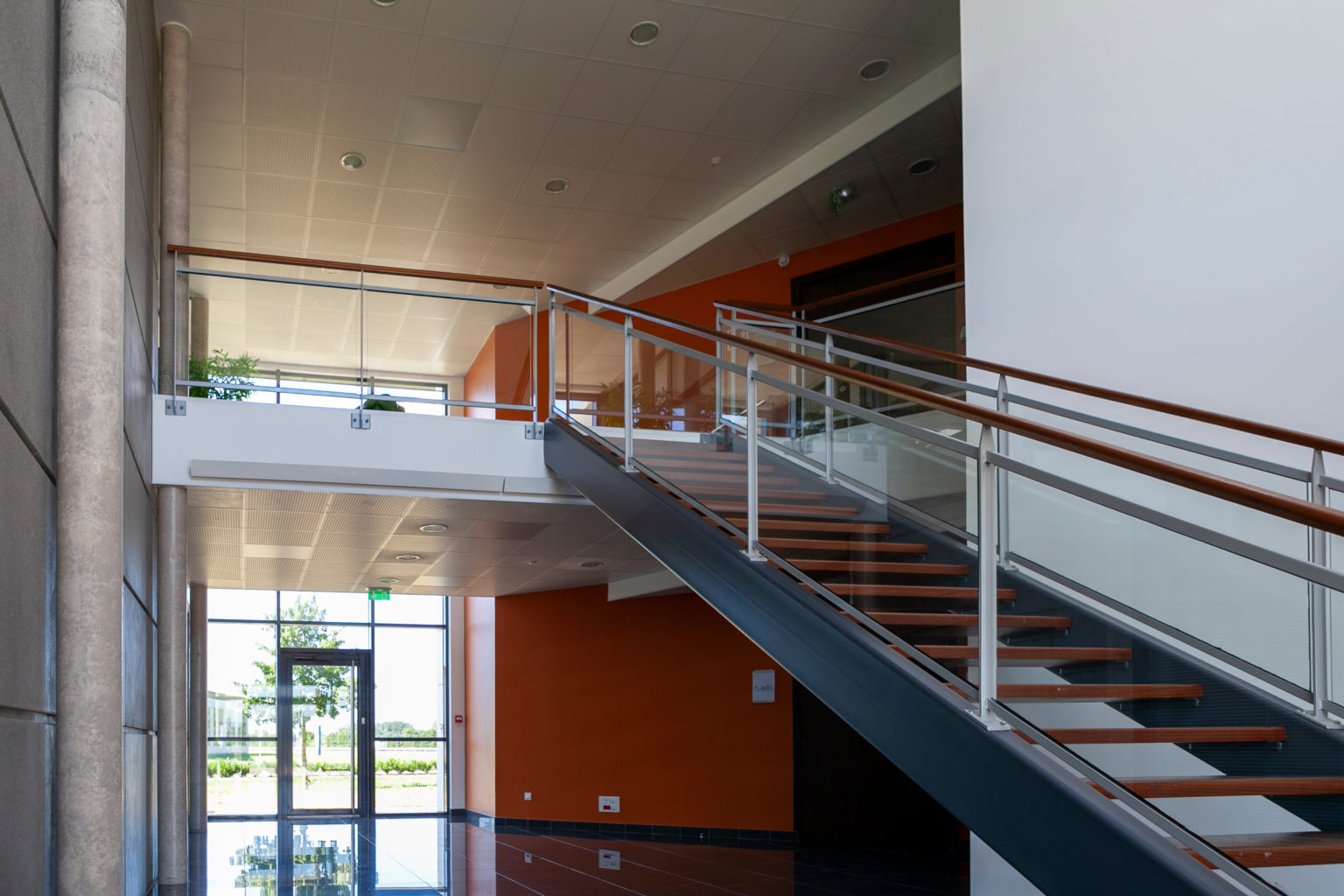
Effective use of space impacts everything from a company’s organizational functionality to the physical comfort of the people who come in and out of its office doors. Indeed, when planned appropriately, a company’s office — particularly its physical layout — boosts employee morale, minimizes operational costs and safeguards future plans for growth. It makes sense, then, that businesses be ever on the lookout for ways to amplify the value of any existing office space. In many instances, building a mezzanine office is a creative and relatively inexpensive way to exploit space that otherwise might be unused and, thus, wasted. Here’s what you should know about mezzanine office construction before you decide if it could be an option for your own commercial space needs:
But First, What is a Mezzanine Office?
A mezzanine office is an intermediate floor between the ground and first floors (or ground and ceiling) of a building. It is a common feature of many warehouses and other industrial settings, but it can be added in other types of buildings, too, as it is a great way to maximize vertical space.
What You Need to Consider
While it’s possible to add a mezzanine office to buildings with unused space between the ground and first floors, it’s only a good solution when doing so adds tangible benefit to a corporation’s overall goals. To help you assess the value of this type of office in relation to your company’s own objectives, think about:
- Access — A mezzanine office is elevated, so you’ll need to figure out how employees, visitors and other guests coming into your space will access it. Stairs and lifts will undoubtedly be necessary, as will a plan for emergency escape. Will having these types of additional access points to locations in your office unnecessarily slow your organization’s workflow? If so, how will that affect your company’s overall efficiency?
- Usage — Mezzanine offices can be used to warehouse people or things or both, and construction specifications will differ accordingly. For example, a mezzanine office that will be used to store products will likely need to be built using different supports than one being used primarily by employees or supervisors. Working with a licensed designer or engineer can help you determine the construction criteria demanded by your office’s intended use.
- Strategic Plan — Companies need to examine their strategic plans before they embark on mezzanine office construction. It may not make sense to build this type of office at an existing location if you know you’re slated to outgrow it in just a few years. Likewise, having a good grasp on possible growth opportunities will help you determine whether or not it’s worthwhile to build a mezzanine office in such a way now that it could be easily modified later.
- Code Requirements — As with any commercial construction, a mezzanine office must conform to certain codes and requirements. In addition to individual state building regulations, both the Occupational Safety and Health Administration (OSHA) and The International Building Code (IBC) mandate specific requirements depending on the overall purpose of the mezzanine itself. It’s important to check with a trusted contractor to ensure all rules and regulations are followed when building a mezzanine office.
The Key Interiors Advantage
Ensuring (and securing) space for people to work, gather and store supplies is one of the best ways for businesses to improve productivity and maximize their ROI. To learn more about building a mezzanine office in your own workplace, please contact the design team at Key Interiors. Our experience can help you determine the benefits and drawbacks of adding a mezzanine office to your own space and navigate the various code requirements should you choose to build.
